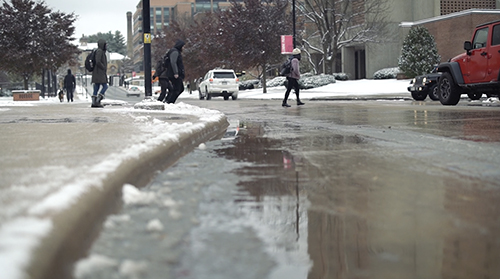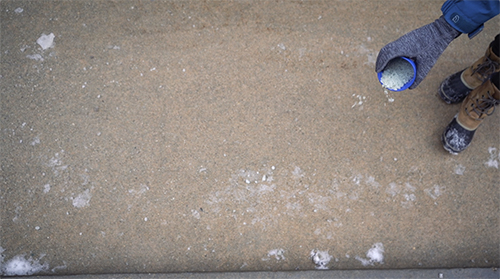Volunteers find high road salt levels in Michigan waterways
Measurements from a 2021 study show that Lake Michigan’s salt content has risen up to fifteen times its natural level since the 1800s, but the effects of these high levels are only now being understood.
The post Volunteers find high road salt levels in Michigan waterways first appeared on Great Lakes Echo.Great Lakes Echo
http://greatlakesecho.org/2022/12/28/volunteers-find-high-road-salt-levels-in-michigan-waterways/


